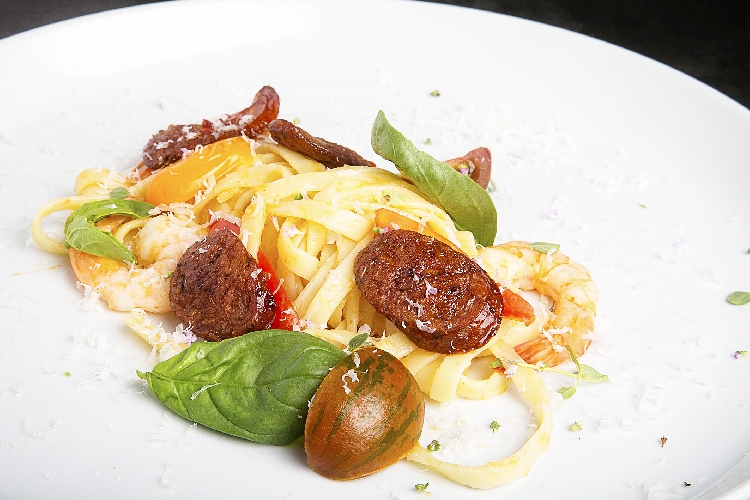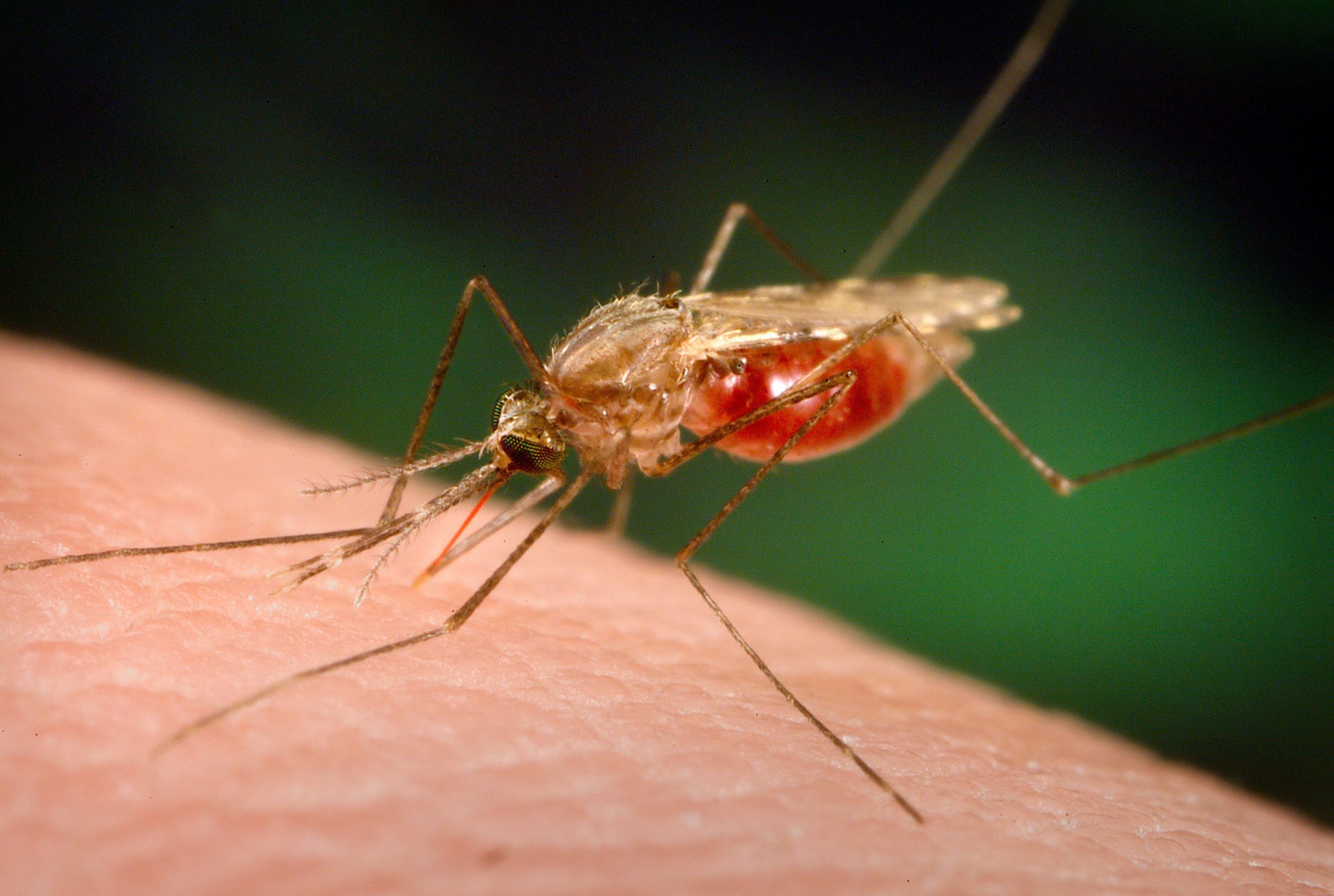I have bought a vast quantity of natural pig and sheep intestines already this winter, all to be used as casing for sausages. Whoever first thought of stuffing animal intestines with meat and then cooking it was a genius. Pure and simple.
I do not think anyone has any idea of the true number of different sausages that exist worldwide, nor the exact amount of tonnage consumed by us humans in the course of an average year.
I bet it is a lot; a helluva lot.
And I bet that if you would take one end and start to circumvent the earth at the equator dragging the sausage behind, you will complete the journey many times before you run out of sausage.
And maybe, if you were to stop along the way, and light a gigantic fire, you’d be able to feed the entire world at least one meal consisting entirely of cooked sausage.
Now would that not be nice, my mom would say, and she would pray that she does not get a few links of blood sausage or boudin sausage.
Not all sausages are nice to eat (they can be very culturally specific) and not everyone makes good sausages. Thus, one needs to source sausages with great care, or make them yourself.
The fact that most sausages are made with ground up ingredients makes them ideal for hiding less than perfect components for greater profit.
Although chorizo is not the most popular sausage in Namibia, it is one of the world’s great master sausages.
With its origins in Europe – probably Spain and/or Portugal – chorizo (or chouriço in Portugese) is a cured, fermented and smoked sausage made mostly with pork. It has a distinctive red-orange colour caused by the addition of smoked, dried pimento or paprika to the spice-base.
It is likely that the Portuguese refugees from Angola (1976) established this sausage as part of the large Namibian culinary landscape.
I made our own version of chorizo for the first time last year. Oh! It was so good. So very, very good.
In addition to the paprika (and make sure you use only the best, smoked version), chorizo requires only chilli, some oregano, garlic and a few other essentials such as salt and black pepper.
But feel free to play around; you won’t be the first one.
A new version of the chorizo was created wherever the Spanish or the Portuguese left a footprint, and that is a lot of places; even Goa in India and the Philippines have their own brand of chorizo.
Chorizo is a very versatile sausage, which is partly why it is popular. It could be used with just about anything that requires spiciness and smoky flavours. It is great with bean and rice dishes, pizzas and salads, and with prawns it has forged a most delectable relationship that has lasted just about forever.
In fact, I cannot think of one ingredient that would not benefit from the presence of chorizo.
It is a simply a marvellous culinary partner to something else somewhere else in the world.
Given that I am always on the run, I never have enough time during the week for elaborate meals any more. Pasta has become quite a favourite, and when the topping is chorizo-and-prawns, I do not miss any of those elaborate dinners. Not for a single minute.
Buen Provecho!
• 500 grams Pasta La Vita
tagliatelle
• 1 chorizo sausage, sliced thinly
and at a slight angle
and deveined, reserve the shells
for the sauce
• 10 cherry tomatoes, halved
Stay informed with The Namibian – your source for credible journalism. Get in-depth reporting and opinions for
only N$85 a month. Invest in journalism, invest in democracy –
Subscribe Now!










